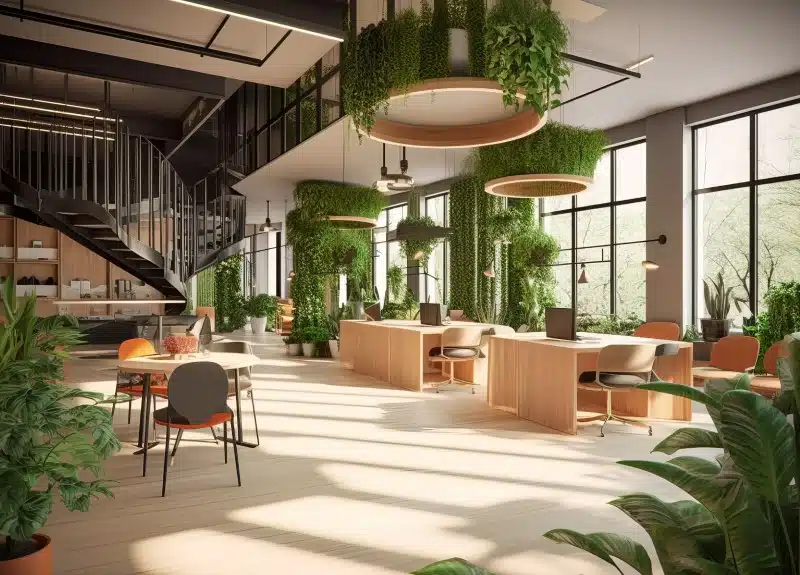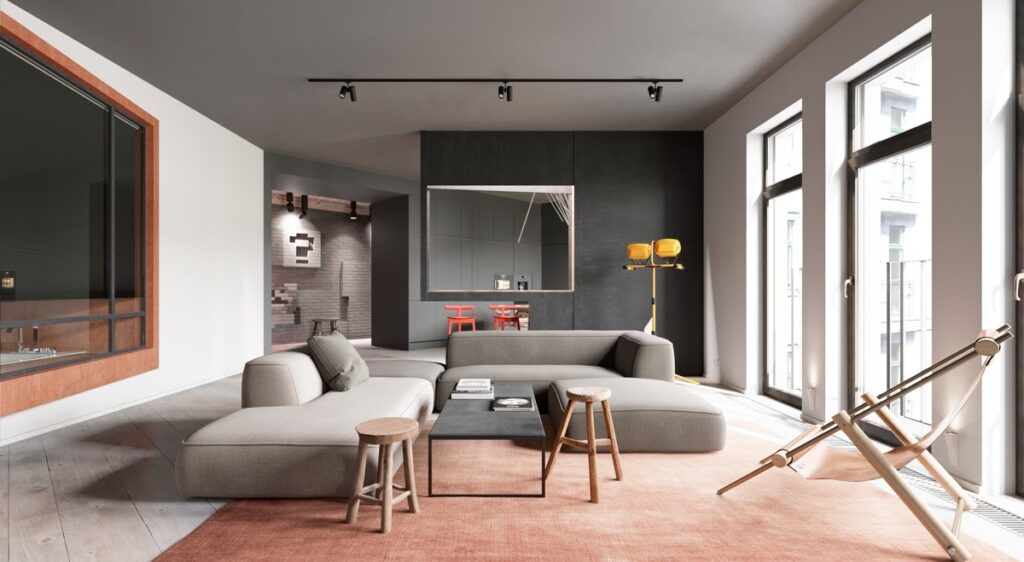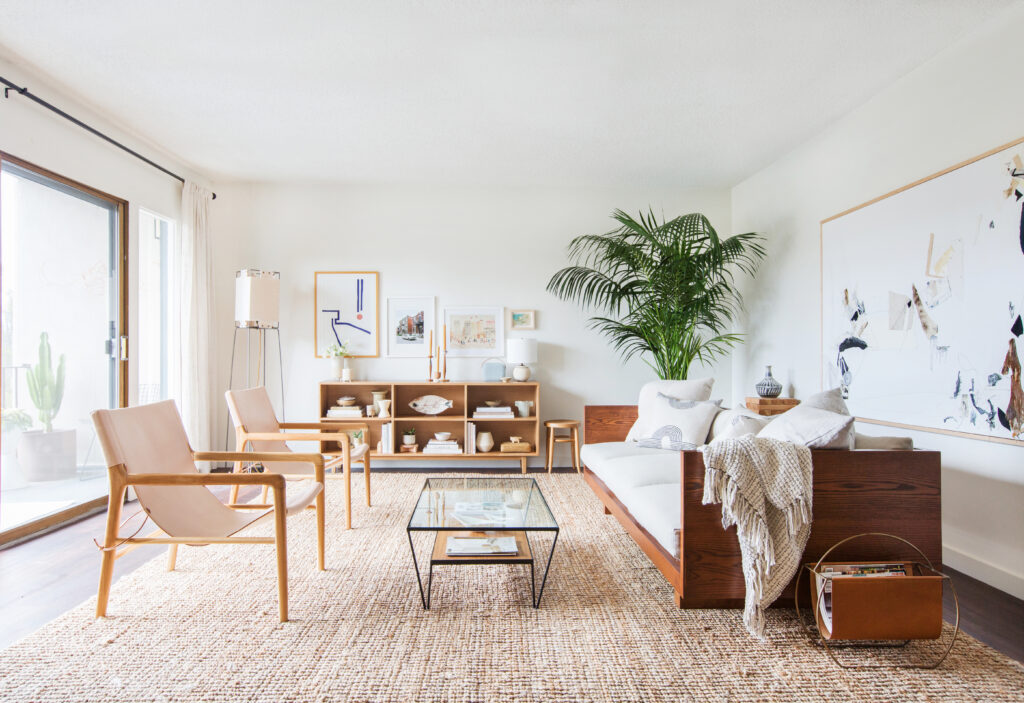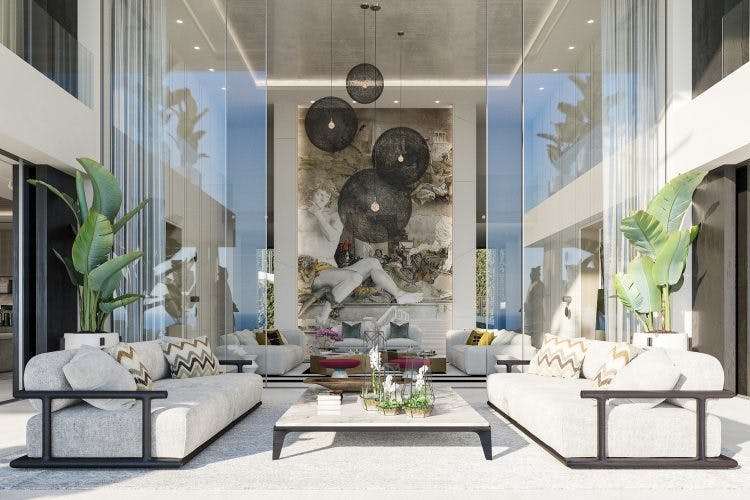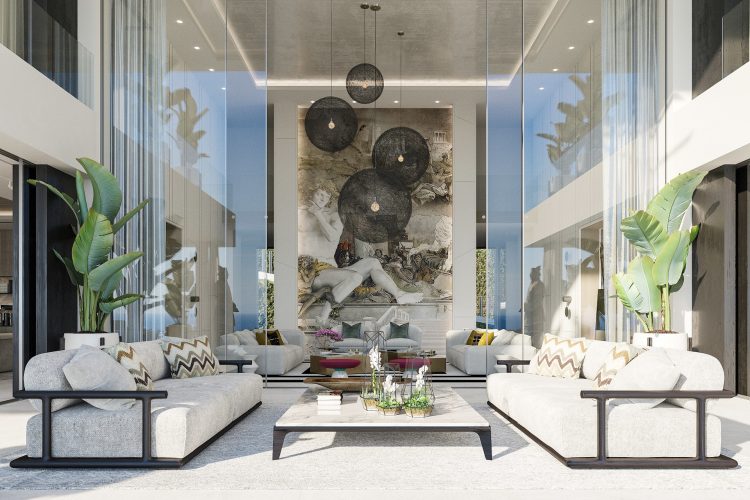
If you’re considering purchasing a strata property in British Columbia, it’s crucial to review all strata documents before finalizing your purchase. These documents contain pertinent information such as the building’s financial health, structural health, and its rules and regulations. Here are some key items to look for in strata documents to ensure you fully understand the building you’re buying into.
- Financial Statements
Review the strata corporation’s financial statements to ensure it’s in good financial standing, and check there aren’t any outstanding debts or loans.
- Contingency Fund
A healthy contingency reserve fund is a crucial element of any strata building. This is built through small financial contributions from all individual owners. You can find the total of the contingency reserve fund on the ‘Form B’, which also provides your monthly strata fee, any outstanding amounts owed to the strata corporation, and any active litigation against the strata.
The contingency fund exists in the event the building needs urgent repairs or maintenance. If needed, individual owners can vote to pull funds from the contingency fund in order to cover these costs instead of paying out of pocket. The contingency fund is mostly used for more high ticket items so as not to put any owners in financial arrears.
- Bylaws and Rules
Every strata corporation has a set of bylaws and rules that all owners must adhere to. Violating certain bylaws and rules usually have a financial penalty associated.
Reviewing these bylaws will help ensure the building aligns with your lifestyle and needs. Certain restrictions that may be of importance for you to review are pet restrictions, their policy on rentals, or rules for renovations and upgrades that may impact your intentions with your new home.
This document will also have key information such as move in and move out fees, information about how the strata corporation operates, and potentially information on how to keep your unit consistent with the aesthetic the building is trying to achieve.
- Insurance
Review the strata corporation’s insurance policy to ensure it’s adequate, and up-to-date. Make sure you double check the year so you know the policy is accurate and in effect.
You should also check for any gaps in coverage you deem important, or exclusions that may leave you vulnerable in case of an accident or natural disaster. Also, review the amount of the deductibles; particularly in a city like Vancouver where we experience heavy and consistent rain, many buildings are prone to leaks and water issues. You’ll want to make sure the water damage deductible isn’t too high for two reasons; one, a high deductible indicates that there may have been water ingress or leaking issues in the past, and two, a high deductible means you could be on the hook for high repair costs if something were to happen.
- Special Assessments/Levies
A special assessment, or special levy, is proposed when the building is in urgent need of maintenance or repairs, and owners may not want to pull these funds from the contingency fund for various reasons. Special assessments are proposed at a strata council meeting, and all owners must vote to raise these funds individually to eradicate whatever the issue may be.
When looking at the strata documents, make sure you check if any special levies have recently been paid, or if any have been proposed and approved. These can be a financial burden on owners, so it’s important to be aware of them before making a purchase. Also, if owners have recently paid a few special assessments in the building, this isn’t necessarily a negative thing – it means you’re buying into a proactive strata that wants to take care of the structural integrity of the building, and some work has already been completed prior to your move. You can find something called ‘unit entitlement’ attached to the minutes, which shows what percentage your unit is liable for in the event a cash call happens.
- Meeting Minutes
Reading through the meeting minutes and annual general meetings will give you a lot of information about what’s going on within the strata. Most stratas meet a minimum of a few times a year, some as often as monthly, to discuss financial standing, the condition of the building, and address any issues going on with individual owners. Issues are documented in detail and reported on until they’re resolved, so you can see how everything is being managed.
- Depreciation Report
The Depreciation Report is a key document that outlines the general health of the building and the life cycle of all systems. This is a very helpful insight into what may fail and when, and what the anticipated cost of replacements and repairs may be for each system.
All buildings will require work at some point, but it’s important to look at how well all the major systems are functioning so you have a clear idea of your financial obligations once you decide to purchase the home.
Your real estate agent will help you review and understand these documents, and when in doubt, it’s also best practice to consult a legal professional to ensure you’re not missing or misinterpreting key details that could have a direct financial impact on you.
The review of these documents must be completed prior to removing subjects on any property. If you have questions, please don’t hesitate to contact us!



